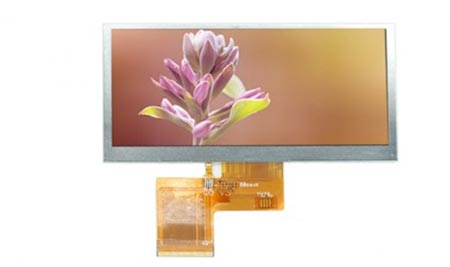How good is 1,000 nits?
Views: 946 Update date: Apr 23,2024
In the dynamic landscape of display technology, the term "1,000 nits" has emerged as a benchmark for brightness, particularly in the realm of High Brightness LCDs. But beyond the numerical value, what exactly does this signify, and how does it contribute to the user experience?
Brightness, measured in nits, plays a pivotal role in determining the visual quality of a display. At 1,000 nits, a display achieves a level of luminance that delivers striking clarity and vividness, even in challenging lighting conditions. This heightened brightness not only enhances the viewing experience but also enables greater visibility and readability across various applications.
The benefits of 1,000-nit displays are manifold. Whether engaging in outdoor advertising, navigating through bright sunlight, or presenting critical information in high-traffic areas, the superior brightness of these displays ensures that content remains crisp, vibrant, and easily discernible. This not only elevates the user experience but also enhances the overall effectiveness of visual communication strategies.
As technology continues to evolve, the pursuit of even higher brightness levels persists. Innovations in display technology, such as micro-LEDs and quantum dots, hold the promise of further enhancing brightness while simultaneously improving energy efficiency and color accuracy. These advancements pave the way for a future where displays achieve unprecedented levels of brilliance and versatility.
In conclusion, the significance of 1,000 nits extends far beyond a mere numerical value; it represents a milestone in display technology and a testament to human ingenuity. High Brightness LCDs equipped with 1,000-nit brightness offer a glimpse into the future of visual communication, where clarity, visibility, and impact converge to create immersive and engaging experiences.
Brightness, measured in nits, plays a pivotal role in determining the visual quality of a display. At 1,000 nits, a display achieves a level of luminance that delivers striking clarity and vividness, even in challenging lighting conditions. This heightened brightness not only enhances the viewing experience but also enables greater visibility and readability across various applications.
High Brightness LCDs have undergone significant advancements in recent years, driven by the demand for displays capable of delivering exceptional performance in both indoor and outdoor environments. These displays employ advanced backlighting technologies and sophisticated panel designs to achieve luminance levels that were once considered unattainable.
The benefits of 1,000-nit displays are manifold. Whether engaging in outdoor advertising, navigating through bright sunlight, or presenting critical information in high-traffic areas, the superior brightness of these displays ensures that content remains crisp, vibrant, and easily discernible. This not only elevates the user experience but also enhances the overall effectiveness of visual communication strategies.
As technology continues to evolve, the pursuit of even higher brightness levels persists. Innovations in display technology, such as micro-LEDs and quantum dots, hold the promise of further enhancing brightness while simultaneously improving energy efficiency and color accuracy. These advancements pave the way for a future where displays achieve unprecedented levels of brilliance and versatility.
In conclusion, the significance of 1,000 nits extends far beyond a mere numerical value; it represents a milestone in display technology and a testament to human ingenuity. High Brightness LCDs equipped with 1,000-nit brightness offer a glimpse into the future of visual communication, where clarity, visibility, and impact converge to create immersive and engaging experiences.




